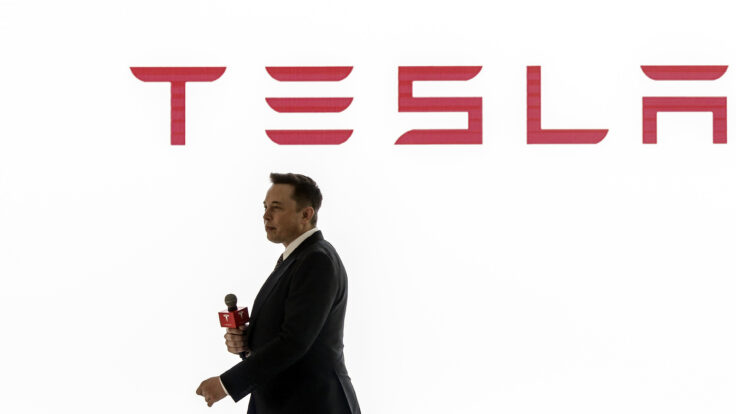|
Welcome back to Dry Powder, I'm William D. Cohan.
Thanks as always for following my work here at Puck. As a reminder, you're receiving the free version of Dry Powder at .
On Wednesday, I dove deep into Jeff Zucker’s time at NBCU. Today, I turn my attention to Barry Diller’s latest acquisition, what’s really going on at the Fed, Tesla, Michael Lewis’ latest project, and more…
PODCAST
Notes on Diller’s decision to shutter some of his magazines, Fed porn, and Liars Poker war stories. I was not surprised to read that IAC boss Barry Diller, who recently acquired Meredith, the largest U.S. magazine publisher, is axing the print publication of six titles, including InStyle and Entertainment Weekly. Diller, after all, knows better than most that print media is deader than the stuff it’s printed on. Few people still want to be in the business of cutting down trees, printing presses, unions and ink, especially if they are dependent on advertising as opposed to subscriptions.
Yes, there are a handful of mega-successful magazines, such as The New Yorker, that continue to thrive with the support of diversified revenue and a large and loyal audience, willing to shell out hundreds of dollars a year. But we’re soon approaching the point where only the top-tier legacy magazine brands will be able to justify a print edition, even as a loss leader for other revenue lines, as their rate bases become harder to maintain. And as we know first-hand at Puck, you don’t need physical paper—and the huge costs associated with printing and distribution—to build a robust digital media business and to commit serious journalism.
Let’s take a look, for a moment, at the income statement of The New York Times Company, one of the few publicly-traded pure (or relatively pure) plays in journalism, to get an idea of what is at stake, on the cost side, if printing and distribution costs could be avoided. In 2021, the company generated revenue of $2.1 billion, about half of which, or $1 billion, was spent on paying its journalists (hurrah) as well as other costs of getting advertising and subscriptions. A portion of that $1 billion went to printing and distribution costs. We don’t know how much, exactly, because the Times doesn’t break out that information. But even if it were $250 million of the $1 billion, and that expense could be avoided, the savings would more than double the $220 million in net income that the Times Company earned in 2021. A full transition to digital, which overtook print revenue for the first time in 2020, seems inevitable. It’s just a question of when, not if, the paper is no longer printed ...
FOUR STORIES WE'RE TALKING ABOUT A behind-the-scenes clash over the Super Bowl halftime show is a case study in the N.F.L.’s effort to protect its brand through a draconian playbook. ERIQ GARDNER A candid conversation with Dr. Andrey Sushentsov, a prominent Russian political scientist, about how Putin views the West. JULIA IOFFE Disney’s recent streaming rejuvenation suggests some key factors that will dictate the winners and losers in this evolving streaming arms race. JULIA ALEXANDER Notes on Zaslav’s plans for Warner Bros. Discovery, more insight into the CNN mess, and plenty of succession questions. DYLAN BYERS
|
-
Join Puck
Directly Supporting Authors
A new economic model in which writers are also partners in the business.
Personalized Subscriptions
Customize your settings to receive the newsletters you want from the authors you follow.
Stay in the Know
Connect directly with Puck talent through email and exclusive events.












